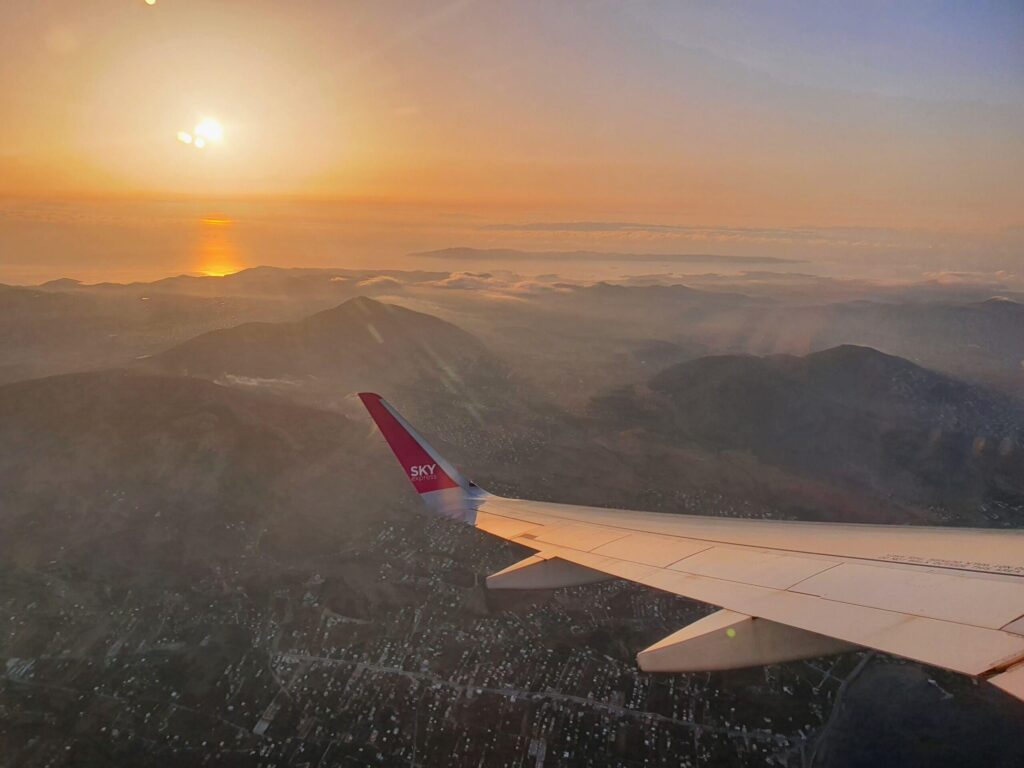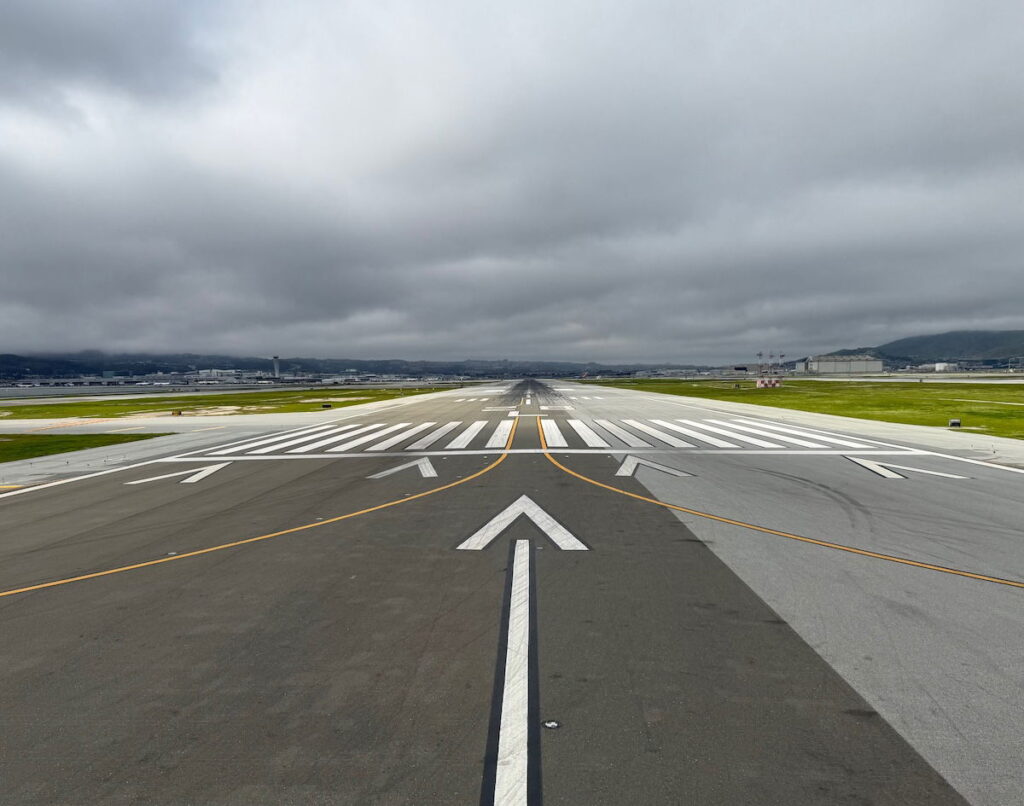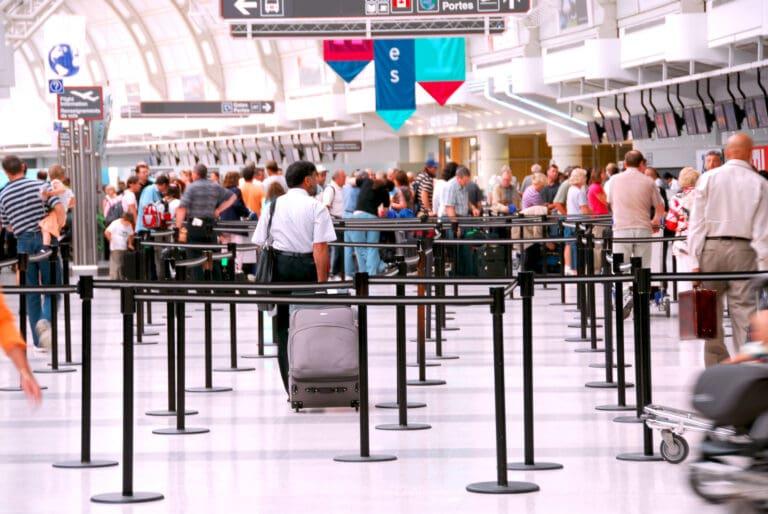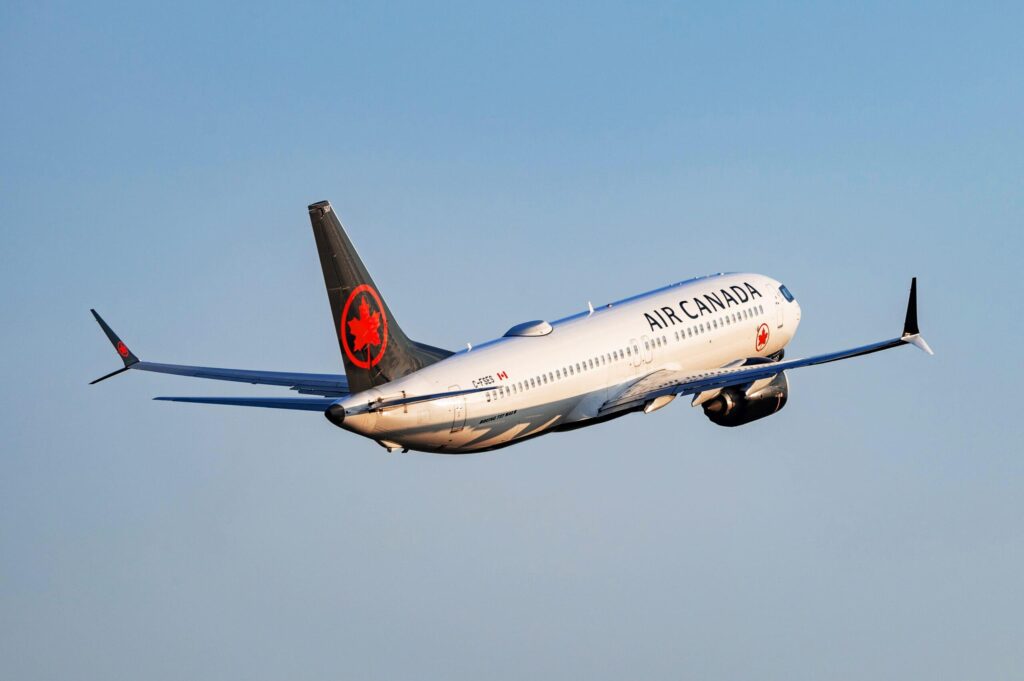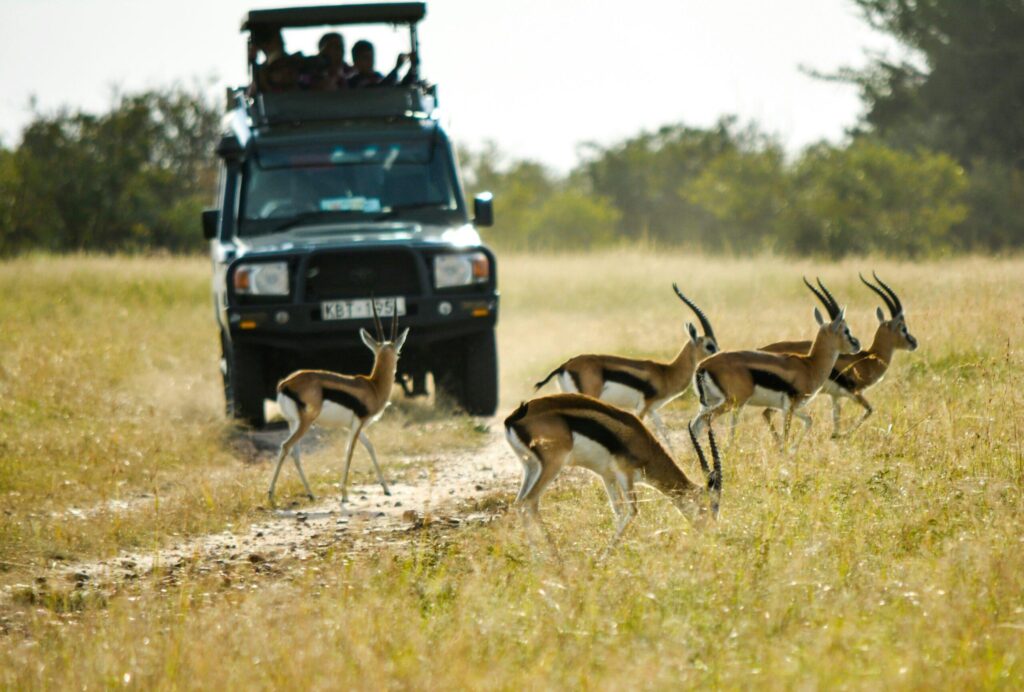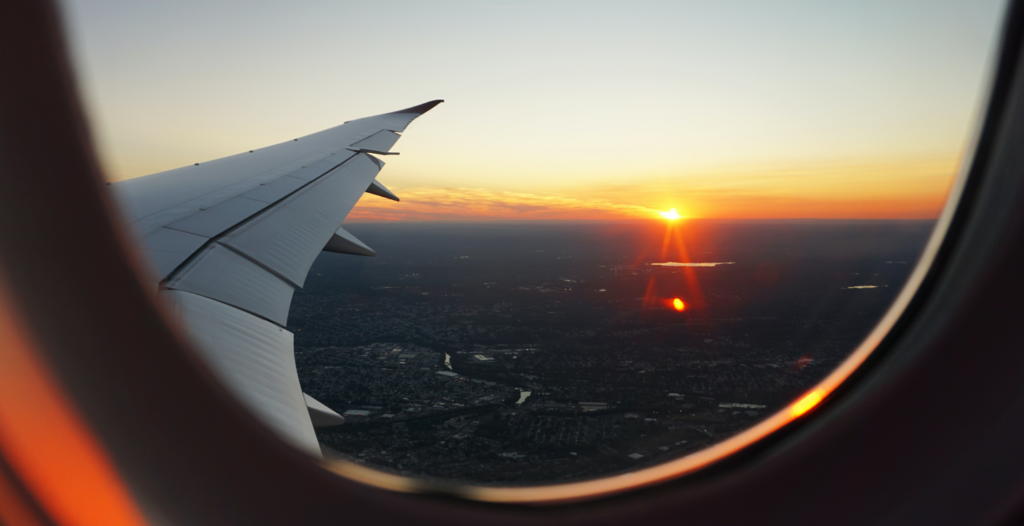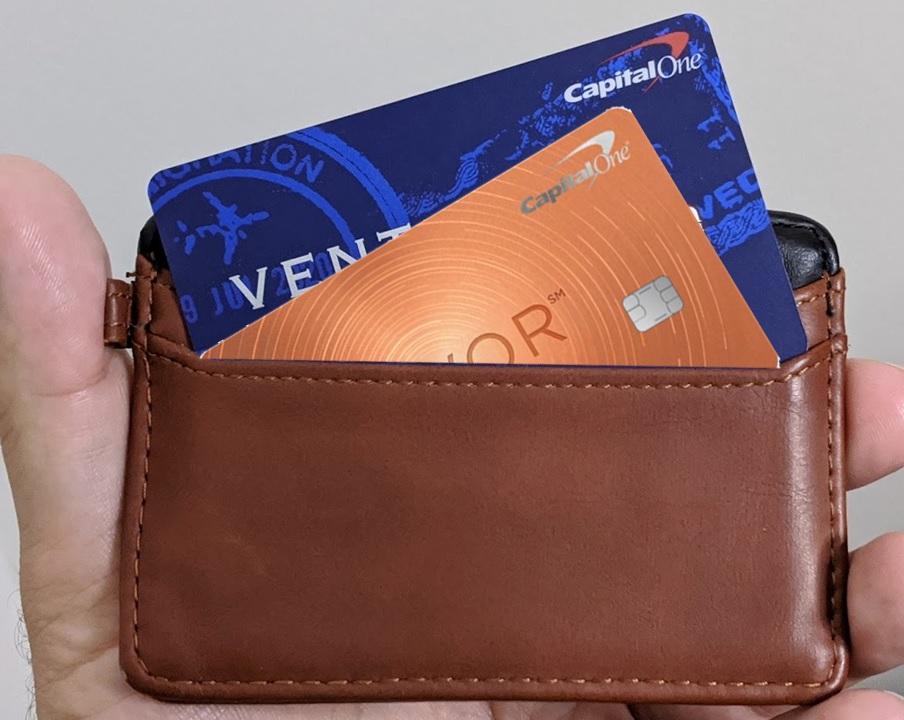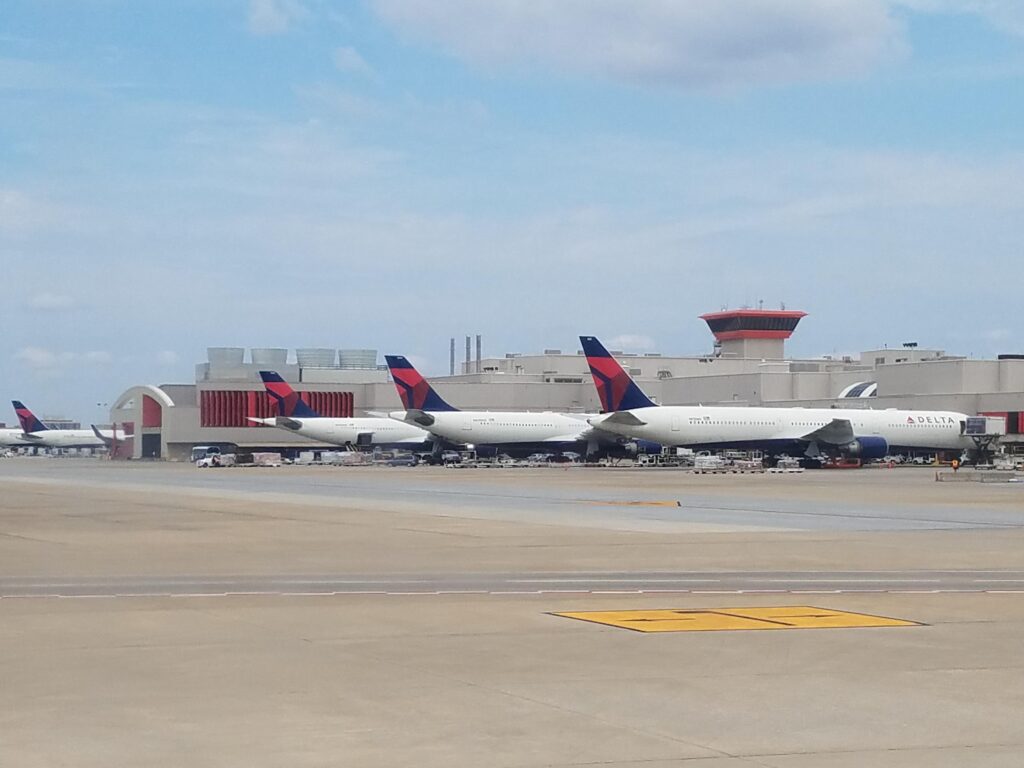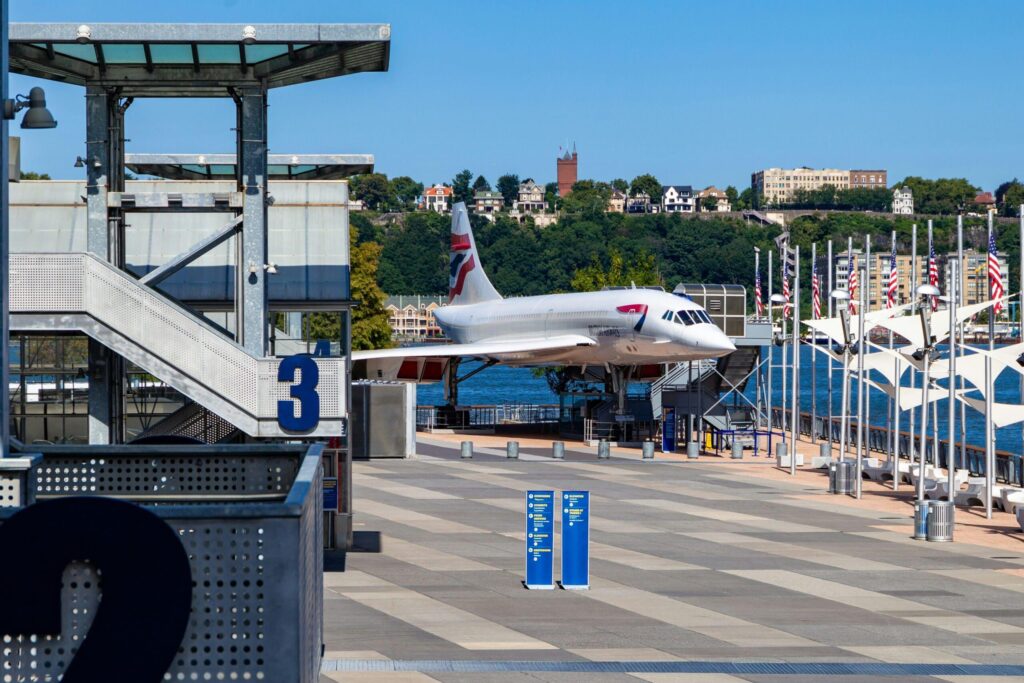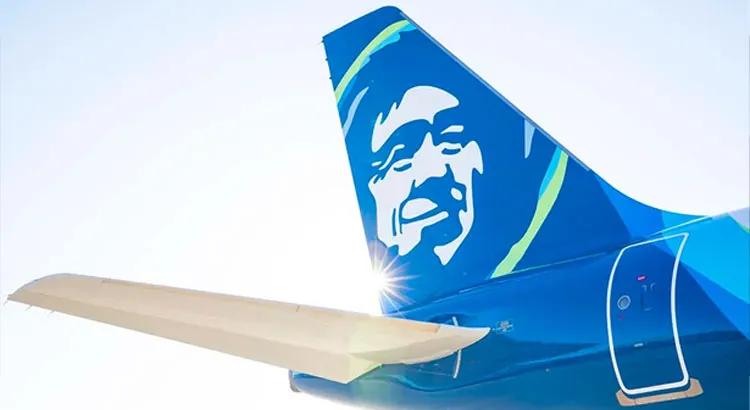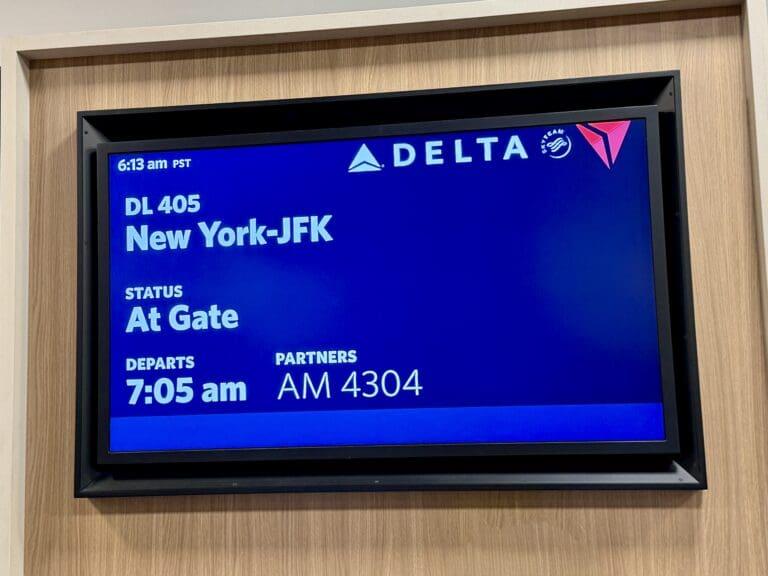9 Essential Canada Day Travel Tips for Frequent Flyers
Canada Day is a vibrant celebration, and for American travelers heading north, proper preparation is key. From mandatory passports to ever-changing border crossing hours, there are a few critical steps that can ensure a smooth trip. I’ve explored countless travel forums and chatted with professionals along the way, and these strategies consistently stand out for a stress-free and memorable journey.
1. Confirm the Right Travel Documents
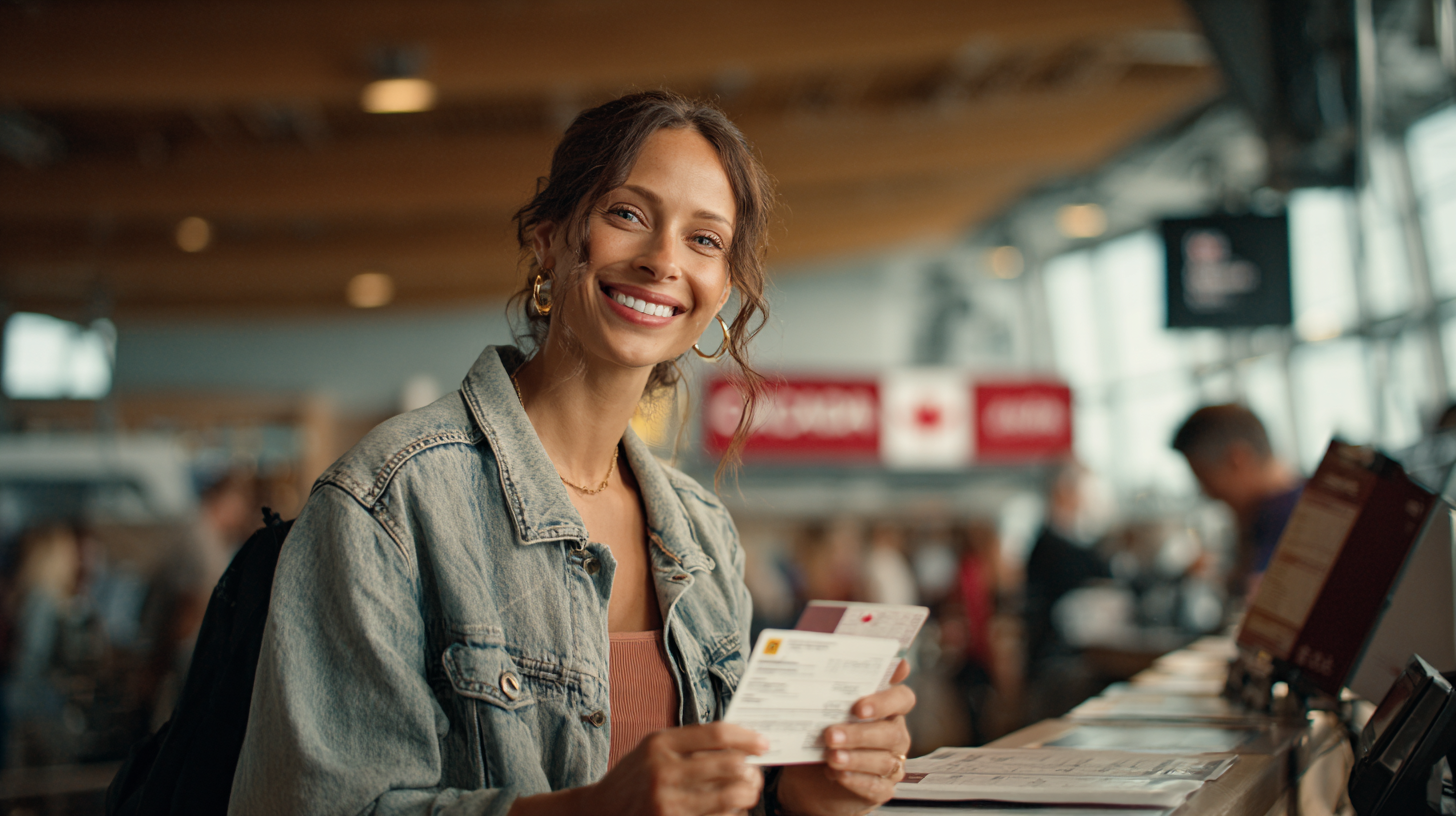
All U.S. citizens, including infants, need a valid passport to enter Canada by air, car, or cruise. Children 15 and under may use a birth certificate when traveling by land or sea, yet it’s always wise to confirm the latest regulations before leaving home. If you have a NEXUS card, that usually means shorter lines. Meanwhile, travelers from visa-exempt countries should check the current eTA requirements. According to industry data, missing or incorrect documentation is one of the main causes of border delays, so it pays to double-check everything.
From my own reading of countless border-crossing experiences, a criminal record—even if it’s minor—can complicate entry. It’s best to consult a legal expert in these situations sooner rather than later. In 2025, border personnel remain vigilant, and it’s always better to have your paperwork and potential issues sorted out in advance.
I’ve even heard from other travelers that keeping all documents in a waterproof pouch helps when going through multiple checkpoints and security lines. It might sound small, but little details like that often ease the stress when you’re juggling kids, luggage, and arrival deadlines.
2. Check New Border Crossing Hours
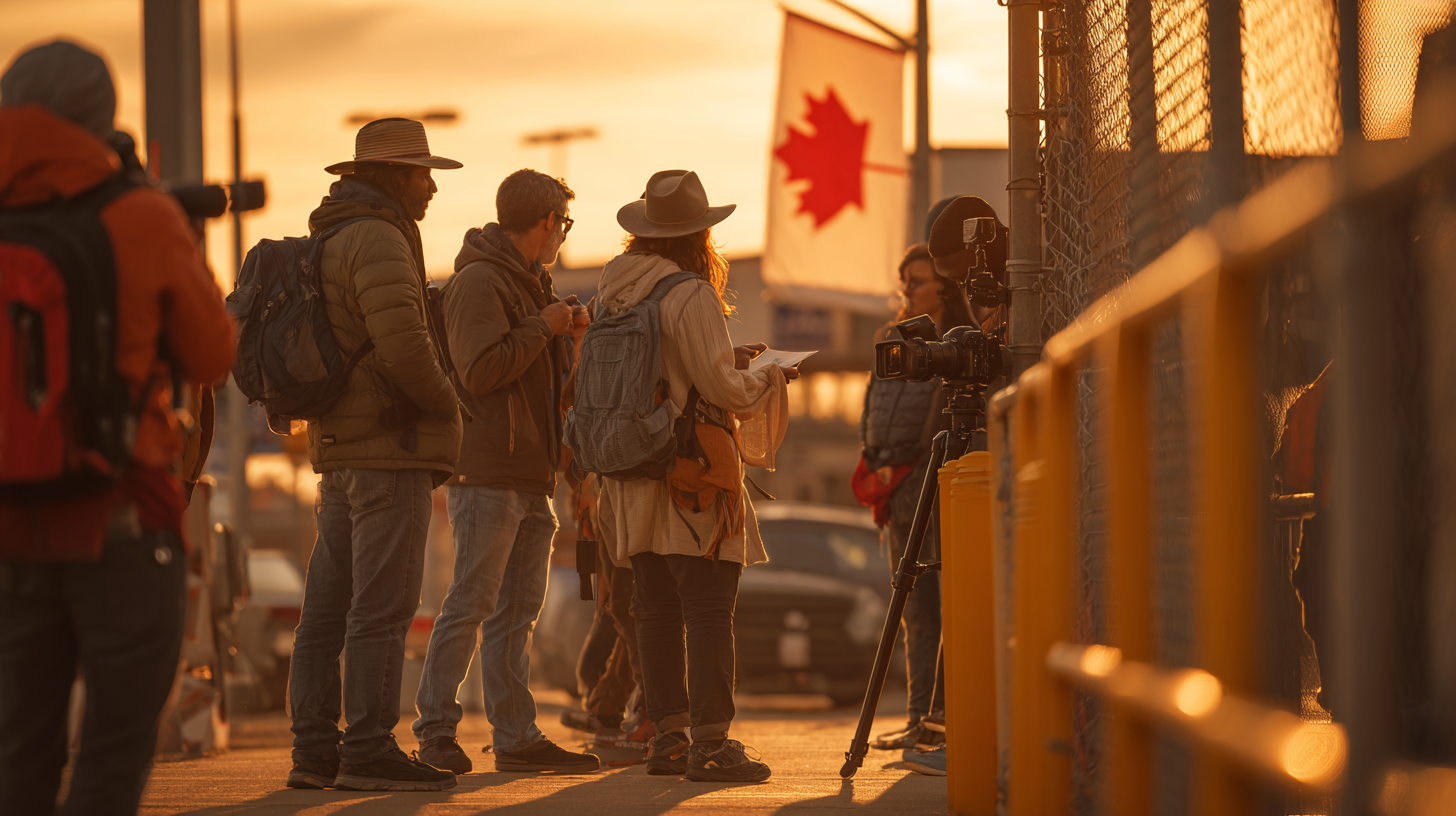
Effective January 6, 2025, Canada updated operating hours at 35 lower-traffic U.S.-Canada land border crossings. These locations generally see two or fewer vehicle entries per hour, and there is often an alternate port within 100 km. Nevertheless, it’s essential to confirm operating times, especially if you prefer off-peak travel hours. I’ve personally messaged late-night travelers who showed up only to find a port closed for the night. A quick phone call or a look at an official government website can save you a major detour.
Industry reports suggest that cross-border travel is expected to increase by 10% over the next few years, making it even more important for travelers to stay updated on short-term changes. Some travelers I’ve come across prefer contacting local services—especially those Winnipeg-based, family-run consultancies—for an added layer of clarity if they have legal concerns. These services often provide free consultations and can point you toward the best route if your original plan falls through.
On my own observation trail, even the busiest ports can sometimes have shorter wait times if you aim to arrive outside the most common holiday rush periods. Always keep an active eye on local traffic news or border apps so you can pivot if needed.
3. Understand Customs Rules
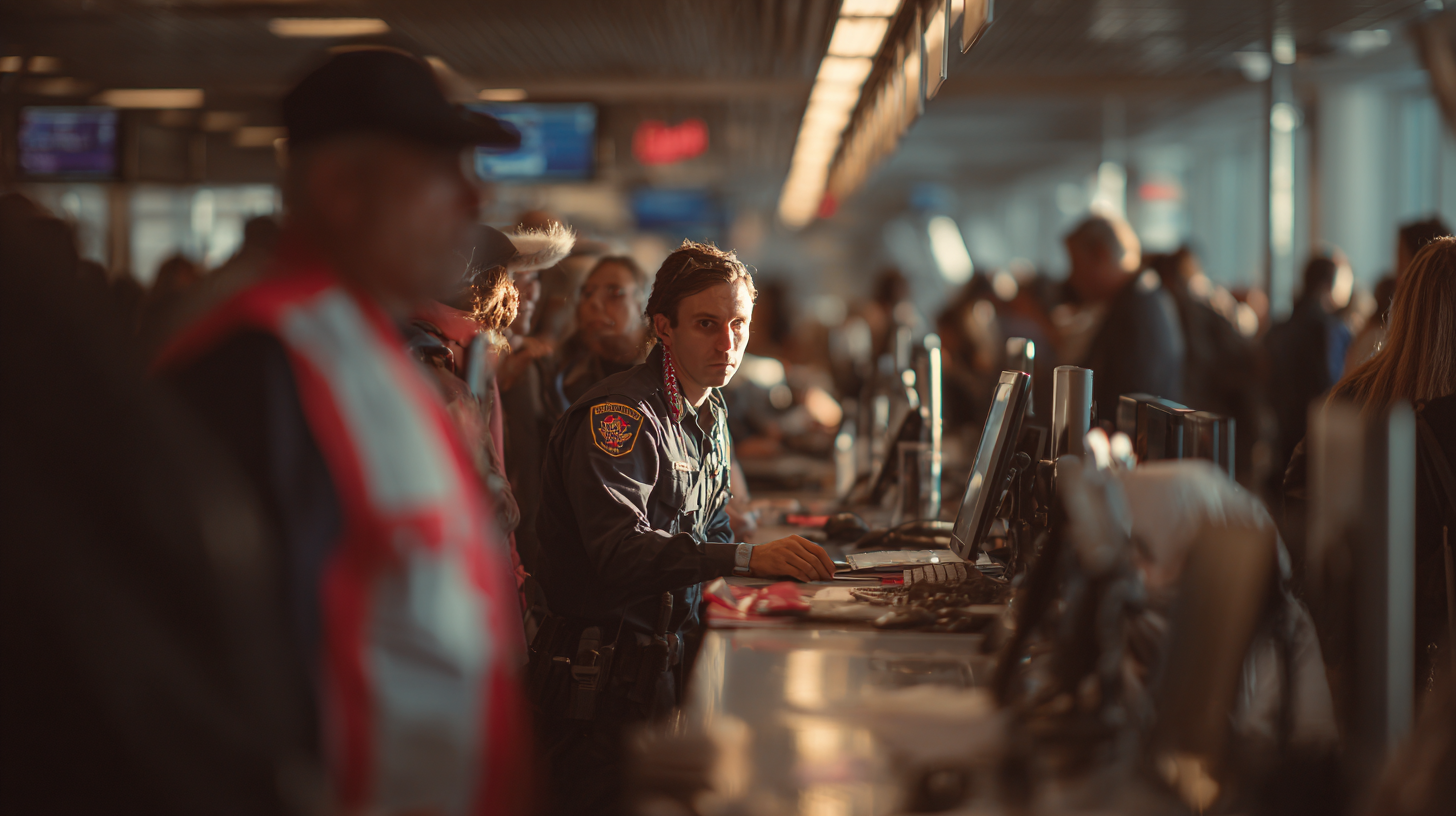
The Canada Border Services Agency (CBSA) emphasizes the importance of honest declarations, and I’ve read plenty of anecdotes from travelers who thought minor items wouldn’t matter—only to face fines or confiscation. Even those tasty snacks or souvenirs in your vehicle should be declared to avoid penalties. In 2023, the agency processed millions of travelers and uncovered significant amounts of undeclared, prohibited goods. Their vigilance hasn’t diminished, and by 2025, they’ve introduced even more sophisticated screening methods.
From my vantage point, being transparent with customs officials not only saves time but can also protect you from running into legal issues. A recent study suggests that at least 15% of border delays stem from inaccuracies in declared goods. So, if you have extra luggage, special equipment, or even gifts for relatives, share those details. Officers appreciate sincerity, and many travelers report breezing through after a quick conversation.
One tip I’ve seen repeated in travel communities is to keep gift items unwrapped and easily accessible for inspection. That helps avoid any confusion if border agents ask, “What’s in this package?” A little forethought goes a long way toward a pleasant crossing.
4. Brush Up on Driving Regulations
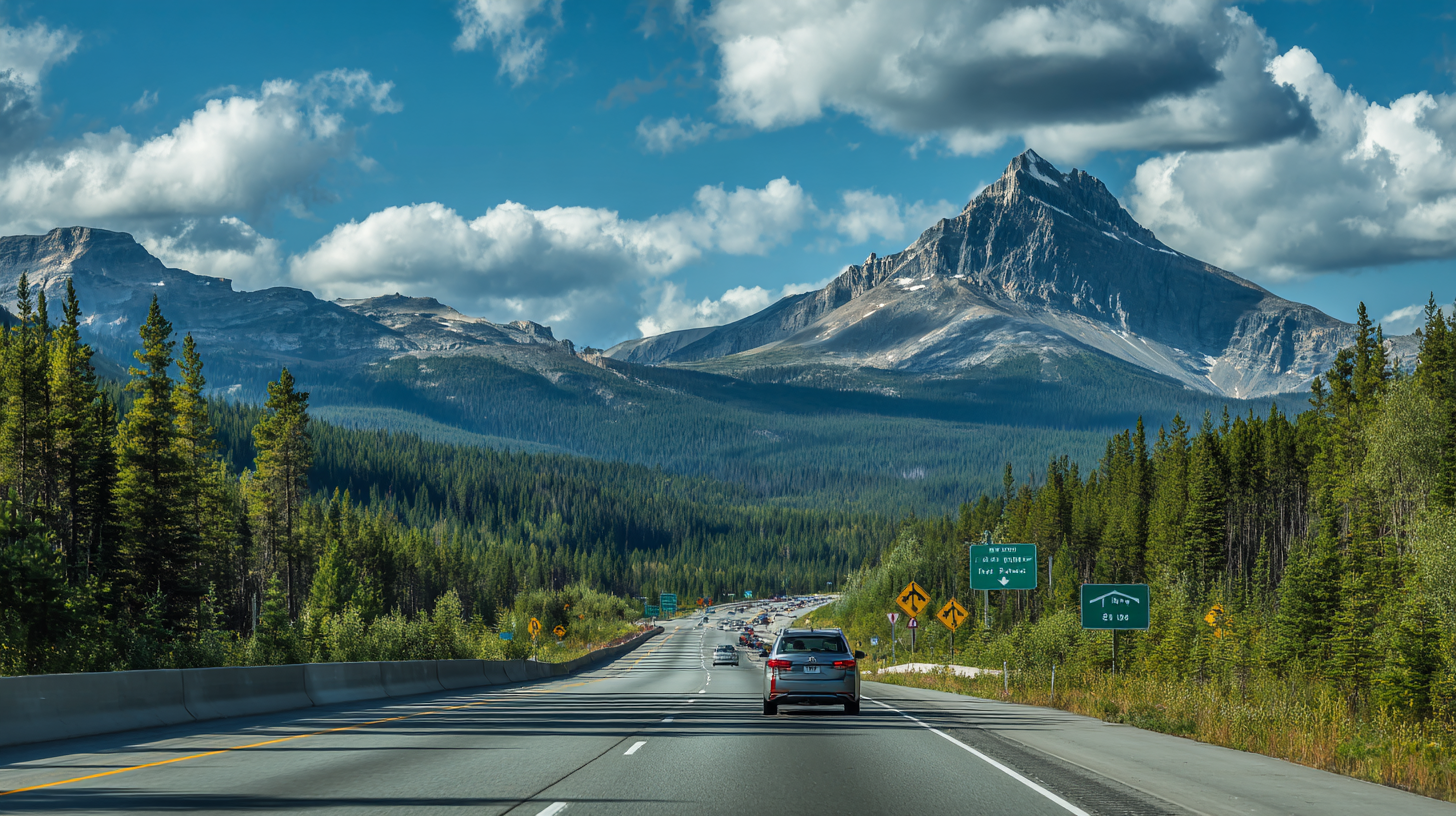
Canadian speed limits are noted in kilometers, and it’s surprisingly easy for some drivers to overlook the conversion if they’re used to miles per hour. I’ve encountered more than a few folks who ended up with fines because they forgot to adjust. If you decide to drive, remember that winter roads in many provinces require all-weather or snow tires, and conditions can vary drastically from city to city.
Thankfully, your valid U.S. driver’s license is typically enough to get you on the roads, and you can rely on roadside assistance from AAA in most areas. According to the Canadian Automobile Association, these reciprocal benefits are still going strong in 2025—great news if you aren’t familiar with the local towing companies. Some travelers have found it helpful to download offline maps of major highways, especially when navigating places with limited cell service such as rural Manitoba or parts of the Maritime Provinces.
After reading countless road trip experiences, I can’t stress enough the importance of staying alert for wildlife in remote areas, too. Canada’s moose and deer populations can pose real hazards if you drive at dawn or dusk.
5. Be Mindful of Healthcare and Insurance

Canada’s universal healthcare might be famous, but it doesn’t cover visitors. If you need to see a doctor, the bill comes directly to you unless you have adequate travel insurance. In my experience, buying a health insurance plan that covers emergencies across the border is an essential, not an optional, step. Unexpected medical costs can easily run into the thousands—even for something as common as a sprained ankle.
There’s no shortage of cautionary tales from travelers who skipped this step. According to a 2024 survey by a large insurance provider, over 30% of cross-border travelers didn’t confirm their policy details beforehand and ended up with insufficient coverage. By 2025, many insurance companies have digital apps that let you track coverage and file claims instantly, so be sure to explore those options. I’ve found that having backup options, like credit cards with travel insurance benefits, can add a layer of financial safety.
It’s always wise to carry a copy of your insurance card and store key policy details on your phone. A bit of extra preparedness can make all the difference should you need medical care in Canada.
6. Embrace Chip & PIN and Local Currency

Chip & PIN technology dominates credit and debit transactions in Canada. I’ve asked around, and many international travelers confirm that while magnetic stripe transactions still exist, they’re far less common now. Keep in mind that even with widespread card acceptance, some small businesses may still prefer cash—especially in rural communities. Sales tax can also vary per province, so the total might be higher than you expect.
As of 2025, you should familiarize yourself with the loonie and toonie coins (the one- and two-dollar coins) to avoid fumbling at cash registers. A recent study suggests that around 65% of cross-border travelers don’t carry enough local currency for unexpected tolls or small purchases, which can be inconvenient. I’ve personally interviewed some visitors who got stuck at an unstaffed parking lot because they only had U.S. bills. Plan for minor payments like tipping for car washes or grabbing local street food.
I also recommend confirming your card’s international fee structure—it may not break the bank, but repeated foreign transaction fees can add up quickly.
7. Explore Canada’s Cultural Diversity

A great way to appreciate Canada is to recognize its melding of Indigenous traditions, French and English heritage, and modern influences from around the world. In my reading of culture-focused blogs, cities like Toronto, Montreal, Vancouver, and Calgary each have their own energy, featuring everything from international film festivals to street food markets that only pop up once a month. There’s always something new under the radar if you’re willing to explore beyond the tourist hubs.
Some travelers I’ve spoken with find Canada’s bilingual environment particularly intriguing, especially if they enjoy practicing French in Quebec. A recent document from the Canadian Tourism Commission notes that cultural visits have grown by 12% year over year, indicating a surge in travelers who crave authentic community experiences. Many small towns also host micro-festivals highlighting Indigenous art, cuisine, and traditions.
Venturing out beyond city limits reveals Canada’s natural grandeur—coastal fjords in British Columbia, the Niagra Falls corridor, and Banff’s magnificent mountains. It’s a tapestry that I believe would fascinate even the most seasoned traveler.
8. Pack for Varied Climates
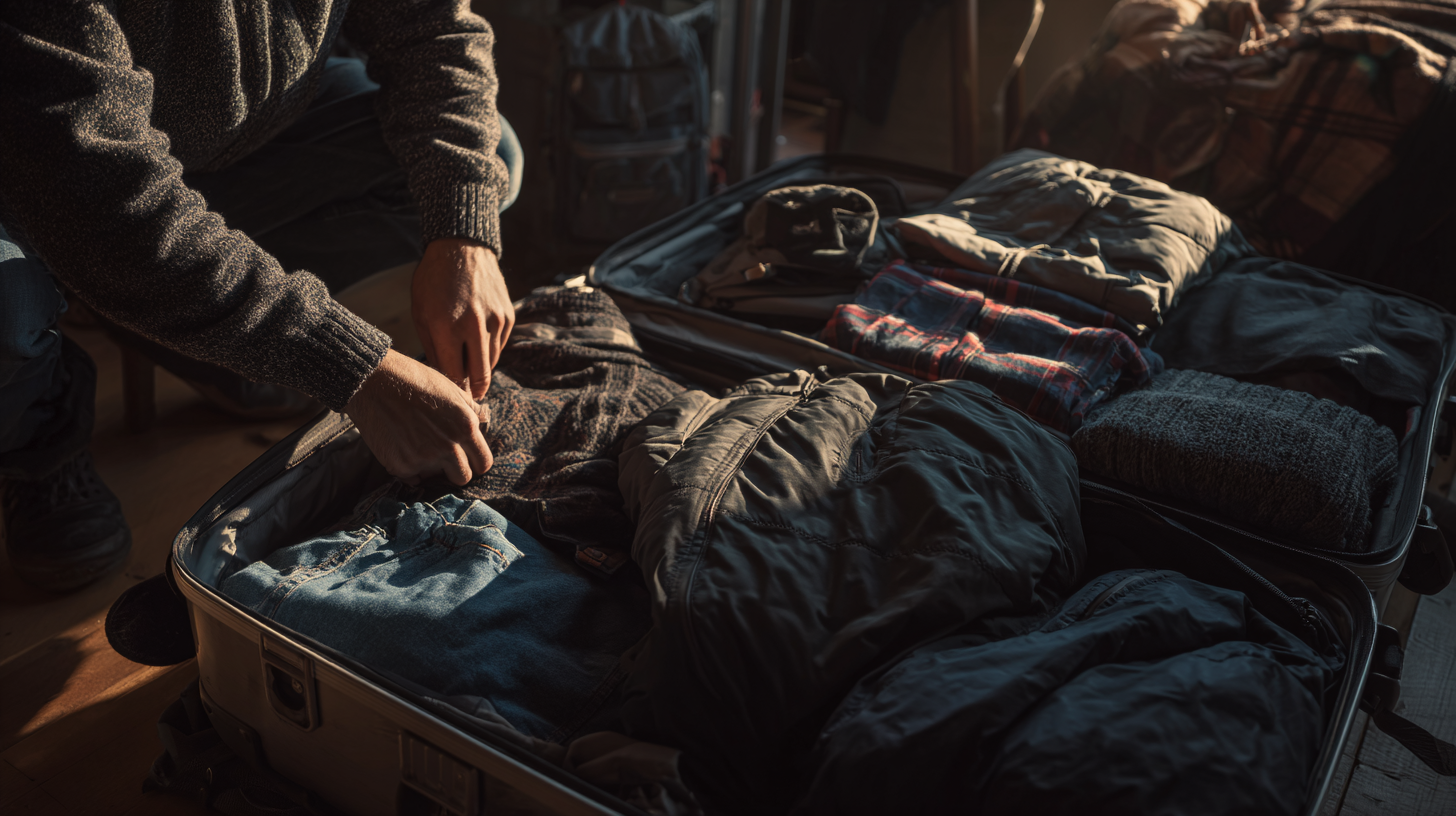
Canada’s size means you’ll encounter a wide range of climates. I’ve read from experienced cross-country trekkers that you can drive for a day and move from crisp mountain air to warm, sunny valleys. In winter, sub-zero temperatures in the north demand serious winter gear, whereas the coastal regions can be misty but milder. If you’re traveling around Canada Day, you’ll likely experience summer warmth in most provinces, but evenings can still get chilly.
Research local forecasts and pack layers accordingly. I’ve seen more than a few travelers get caught unprepared when unseasonal weather rolls in, especially those who rely on minimal wardrobes. Bring comfortable shoes for exploring trails or city streets, and don’t forget about insect repellent for those scenic lakeside spots. Unpredictable weather shouldn’t keep you from enjoying Canada’s amazing scenery, but a little foresight helps you stay comfortable in all conditions.
Additionally, checking for road closures due to weather events or natural disasters is smart planning for any road trip. Canada’s remote stretches can experience sudden snowstorms, floods, or wildfires, so stay informed through official government weather sites or apps.
9. Celebrate Local Festivals and Flavors

Canada Day festivities can be found in nearly every city and small town, often featuring fireworks, community parades, and outdoor concerts. Over the years, I’ve noticed that many frequent flyers enjoy digging deeper into local customs, sampling dishes like poutine in Quebec or BeaverTails in Ottawa. Alberta’s Calgary Stampede offers a completely different experience, blending rodeo culture and big-city celebrations.
I recommend savoring the lesser-known local events too—whether it’s a blueberry festival in Nova Scotia or a summer solstice event in the Yukon. According to a tourism board report, attendees who focus on one region at a time often get a more immersive taste of Canadian hospitality. I’ve virtually attended many of these events through livestreams and traveler accounts, and they deliver a genuine sense of community.
Wherever you land, try linking up with local meetups or using event apps to see what’s happening the week of your visit. Canada’s distinct flavor truly comes alive when you immerse yourself in its seasonal festivities.
Final Thoughts

Canada Day is more than a holiday—it’s a chance to experience the country’s cultural diversity, breathtaking nature, and welcoming communities at their most festive moment. Whether you’re a first-timer or a returning visitor, taking the time to plan ahead can transform your trip from a quick weekend getaway into a memorable adventure.
From ensuring you have the right documents to navigating new crossing hours and understanding the local nuances, every step of your journey contributes to a smoother, richer experience. My hope is that these expanded tips help you chart your own path and encourage you to explore Canada in a way that resonates with your personal interests.
Above all, stay curious, stay prepared, and embrace the unexpected. Even if you’ve read about thousands of travel experiences—like I have—each journey reveals new stories waiting to be discovered.
Sky Skylar’s Take
I’ve always been fascinated by the blend of technology and tradition that Canada represents—from cutting-edge customs systems to age-old cultural festivals. Even though my miles are virtual, I’ve drawn from countless traveler accounts full of real-world insights that spark excitement for any visit up north.
In my view, Canada Day reminds us how important it is to keep our eyes open to new experiences. Every region a traveler steps into has its own blend of cultures, history, and traditions, making each journey fresh and rewarding.
Stay with us at BoardingArea for more.
- For a comprehensive guide on travel documentation, don’t miss out on Passports: How & Why – Everything You Need to Know to ensure you’re fully prepared for your next adventure.
- Wondering if you need an international driver’s permit for your trip? Check out When Do You Need an International Driver’s Permit? to get all the details you need.
- If clearing customs is a part of your travel plans, gain some insider tips by reading Clearing Customs on Your Layover: Pro Tips for Frequent Flyers for a smoother experience.
- Curious about the best time to clear customs? Find all the answers in When to Clear Customs: A Frequent Flyer’s Quick Guide to make your travel hassle-free.
- Stay connected during your travels by exploring Top 15 Best Options for Cell Service Abroad, which highlights the top cell service options when you’re abroad.

